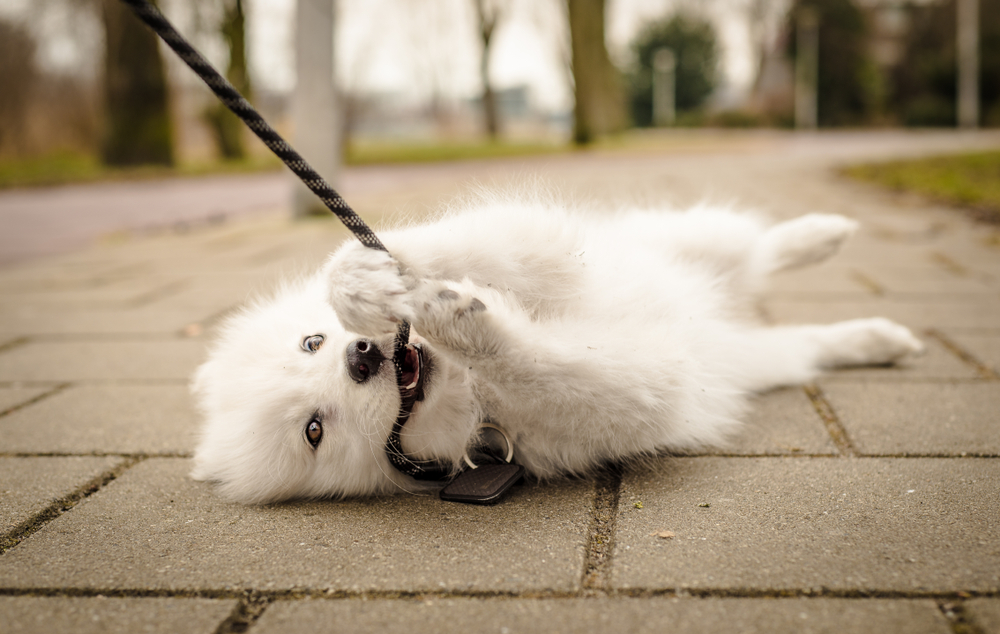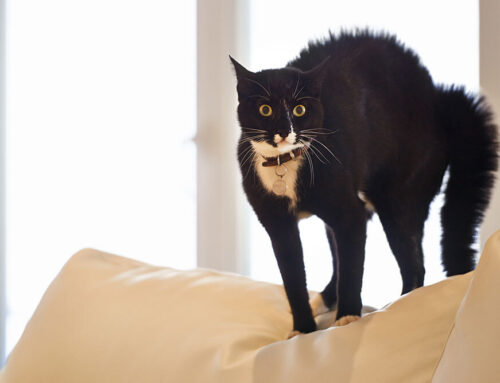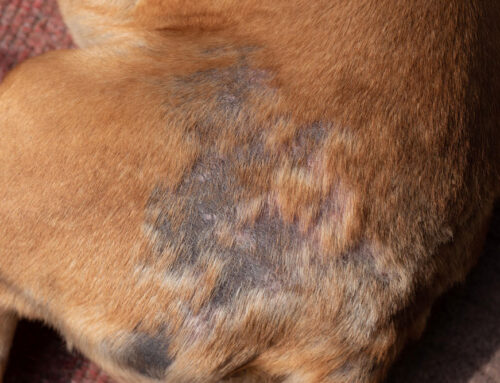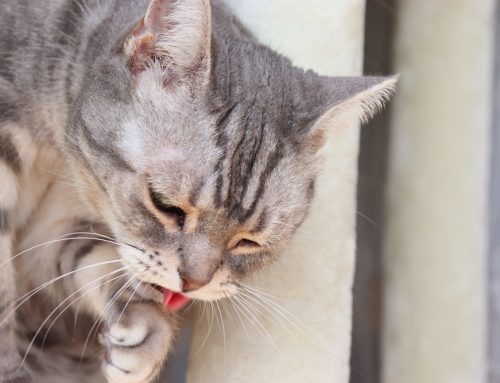Perhaps you have been dreaming for months of adding a puppy to your household. Or, perhaps you went to the dog shelter “only to look around,” and couldn’t resist some sweet puppy eyes. A puppy requires some planning, however, so before bringing your new furry family member home, ensure you have made the following preparations.
#1: Gather the necessary puppy supplies
To avoid making a supply run as soon as your puppy is home, consider having these puppy necessities on hand.
- Crate — A crate provides a safe place for your puppy when you are unable to supervise her. Ensure the crate is big enough for her to stand up, turn around, and lie down comfortably, but not so big that she can use half as her sleeping quarters and the other half as her port-a-potty. If your puppy has a lot of growing to do, look for a crate with movable dividers that can grow with her.
- Dishes — Metal or ceramic food and water dishes are a good choice, because they are chew-resistant and easy to clean.
- Food — Select high quality puppy food to ensure your puppy receives the nutrients she needs to grow strong and healthy. If your puppy is expected to weigh more than 50 pounds as an adult, her food should be formulated specifically for large-breed puppies. Our veterinary team would be happy to recommend the best food for your pup.
- Collar and leash — Look for an adjustable collar that can grow with your puppy, and select a four- to six-foot leash rather than a retractable leash.
- Carpet cleaner — Accidents are a given during the housebreaking process, so invest in an odor-eliminating carpet cleaner to make clean-up a breeze.
- Toys — Provide a smorgasbord of toys so your puppy can use those, rather than household items, to satisfy her natural instincts to play and chew.
- Treats — Purchase several types of small, soft treats for training and housebreaking, to ensure you can motivate the pickiest of puppies.
#2: Ensure you can provide for your puppy financially
As detailed in our January 2020 blog post, the expected, and unexpected, puppy expenses can add up quickly. Include a line item in your budget, create a savings account, or invest in pet insurance, to ensure you can provide the care your puppy deserves.
#3: Puppy-proof your house
Most pet owners can recall a time when their sweet, but ornery, puppy chewed something she shouldn’t, knocked over a potted plant, or consumed an unattended pizza, or other household item. Like children, puppies are curious about their environment, which makes the following puppy-proofing checklist critical for your puppy’s safety—and your sanity.
- Electrical cords — Puppies love to chew and bite, but chomping an electrical cord could burn her mouth, or worse.
- Potted plants — Best- case scenario, your puppy will only make a mess with the dirt, but at worst, your puppy could consume a potentially toxic plant, leading to sickness, or death.
- People food — Keep your pantry door secured, and all food out of your puppy’s reach. Some foods may cause your pup only short-term gastrointestinal (GI) upset, but others, such as grapes, raisins, onions, garlic, bread dough, or chocolate may lead to serious illness, and death.
- Household cleaners — Lock the cabinet, or keep cleaning products out of reach to avoid potentially serious health consequences for your puppy.
- Items of value — Keep shoes, books, stuffed animals, kids’ toys, jewelry, retainers, glasses, purses, and other tempting items away from your puppy’s sharp little teeth, to prevent her from not only destroying the item, but also—and worse—ingesting something toxic, or that becomes a foreign body obstruction that could require surgery.
#4: Plan how to keep your puppy out of trouble

You may have puppy-proofed your home, but you still shouldn’t set your puppy free, and go on with life as usual. Watch your puppy carefully, so you can rush her outside to go to the bathroom when you notice her sniffing around, or redirect her to a toy when she starts chewing on your sofa. Here are two popular supervision methods:
- Leashing — Attach the puppy to your waist with her six-foot leash, so she goes where you go.
- Gates — Use baby gates to always keep her in your general vicinity.
If you cannot supervise your puppy, place her in her crate with a food puzzle, toy, or soft bone, so she is safely contained and happily occupied. Your supervision plan is bound to change as your puppy grows up, but you should have at least a rough plan before you bring her home.
If you have any questions about preparing for the arrival of your fuzzy bundle of joy, contact our Tidmore Veterinary Hospital team. We look forward to meeting your new family member at her first wellness visit, and working together to help ensure she has a happy, healthy puppyhood, and life beyond.








Leave A Comment